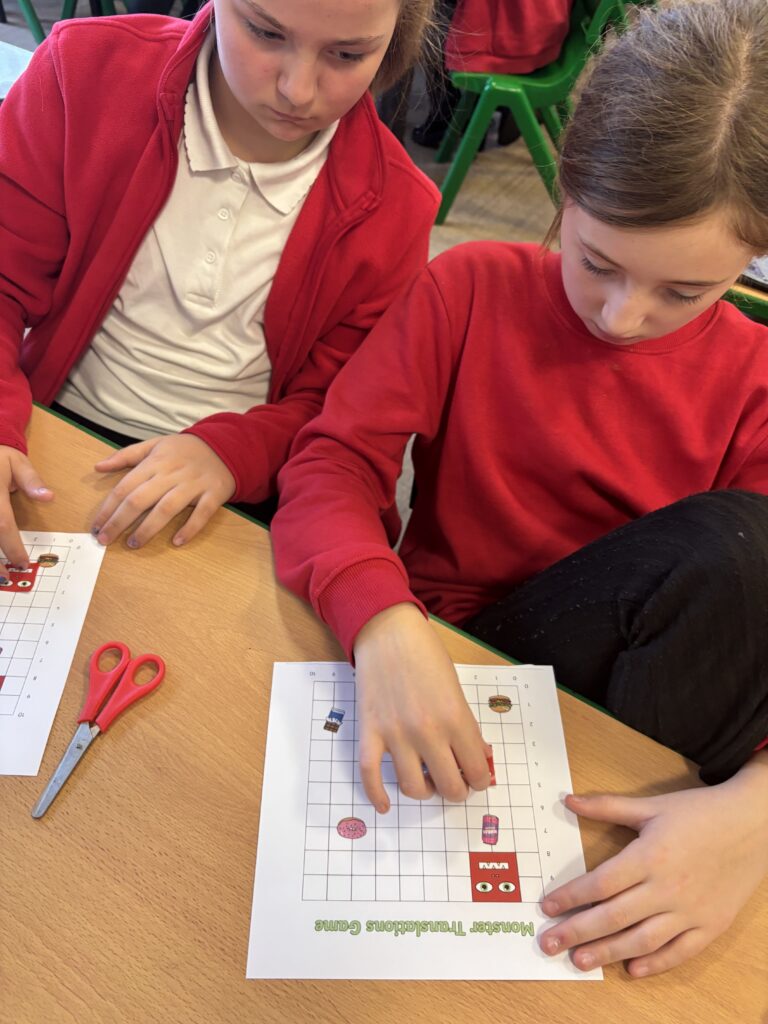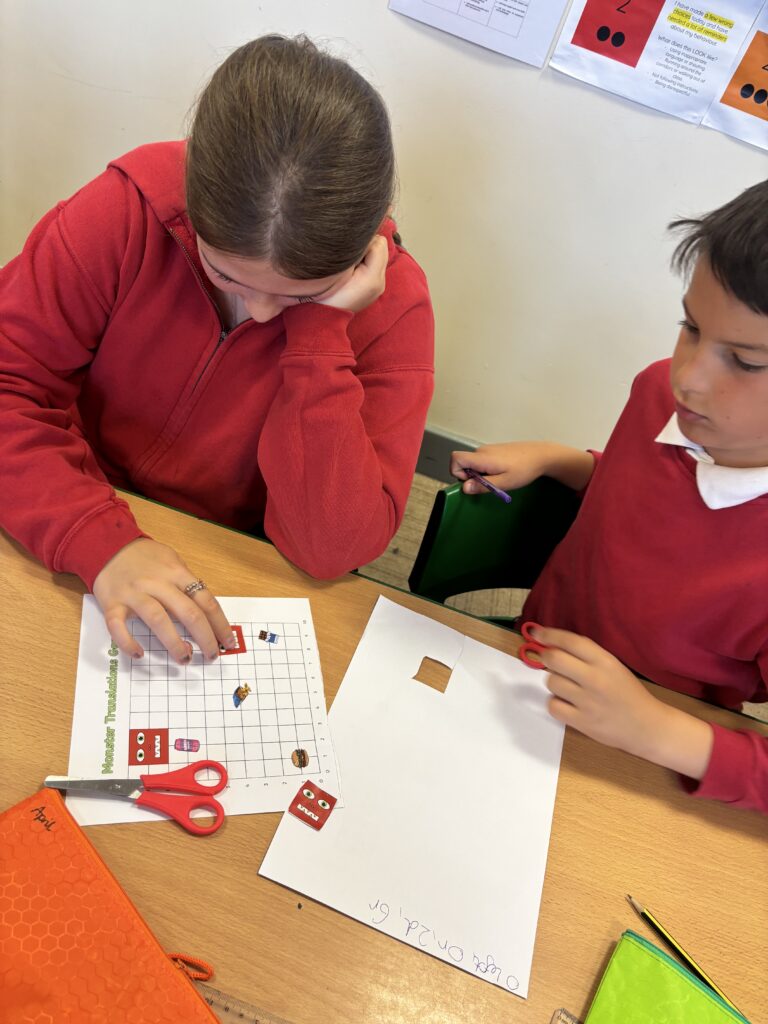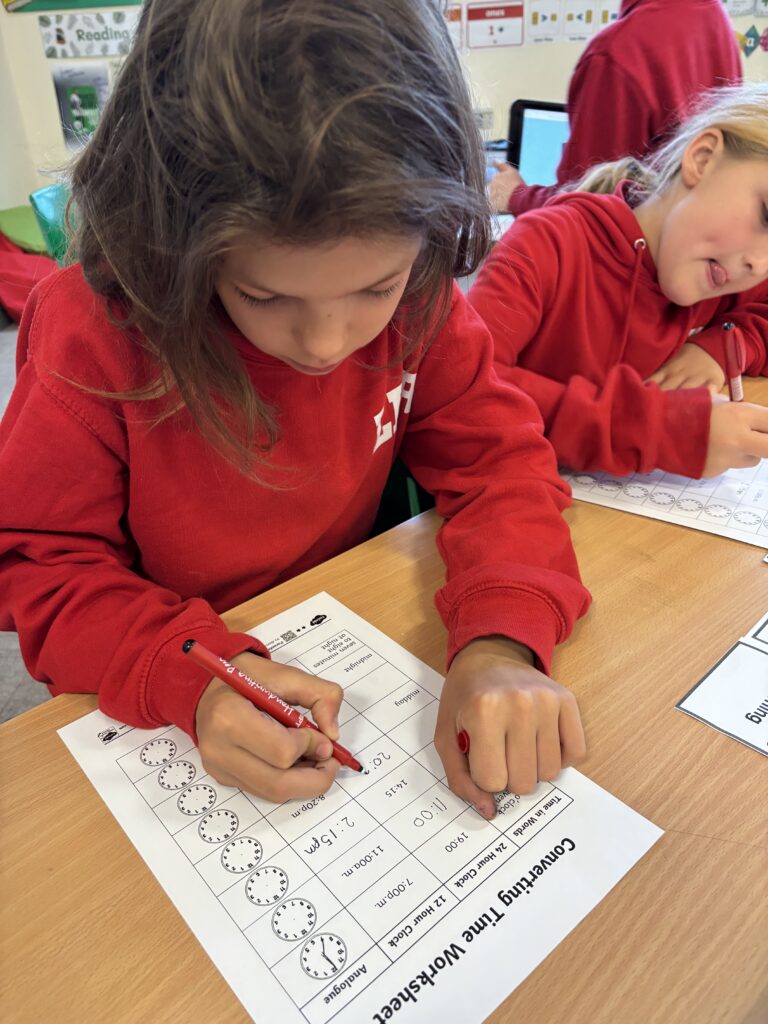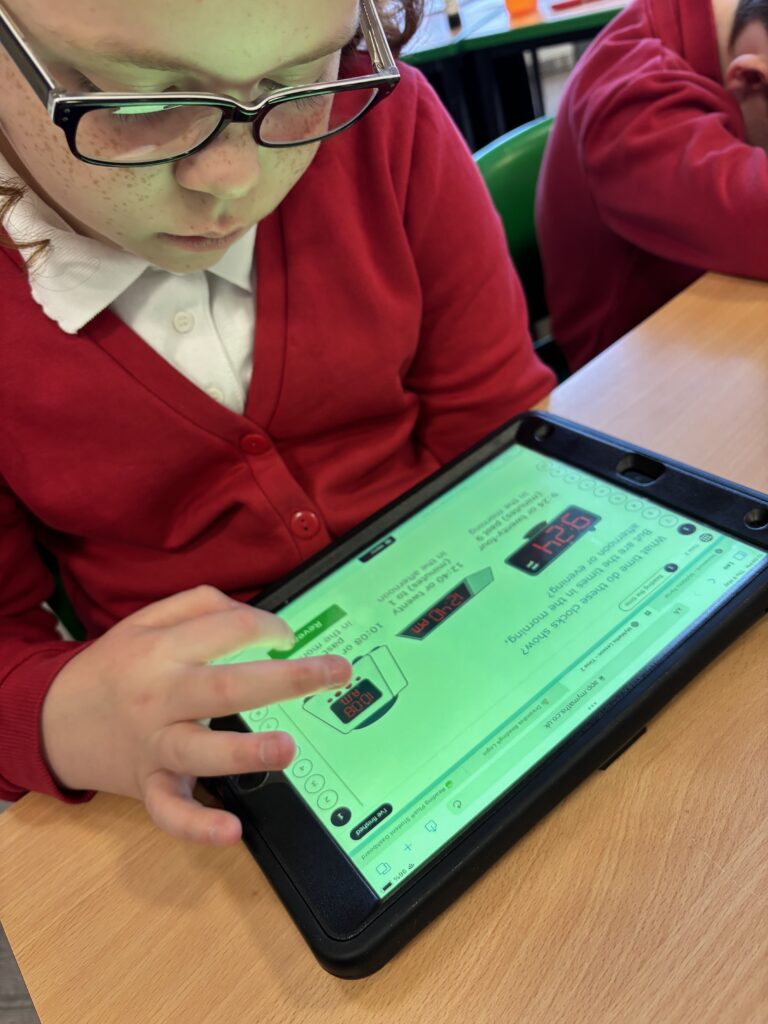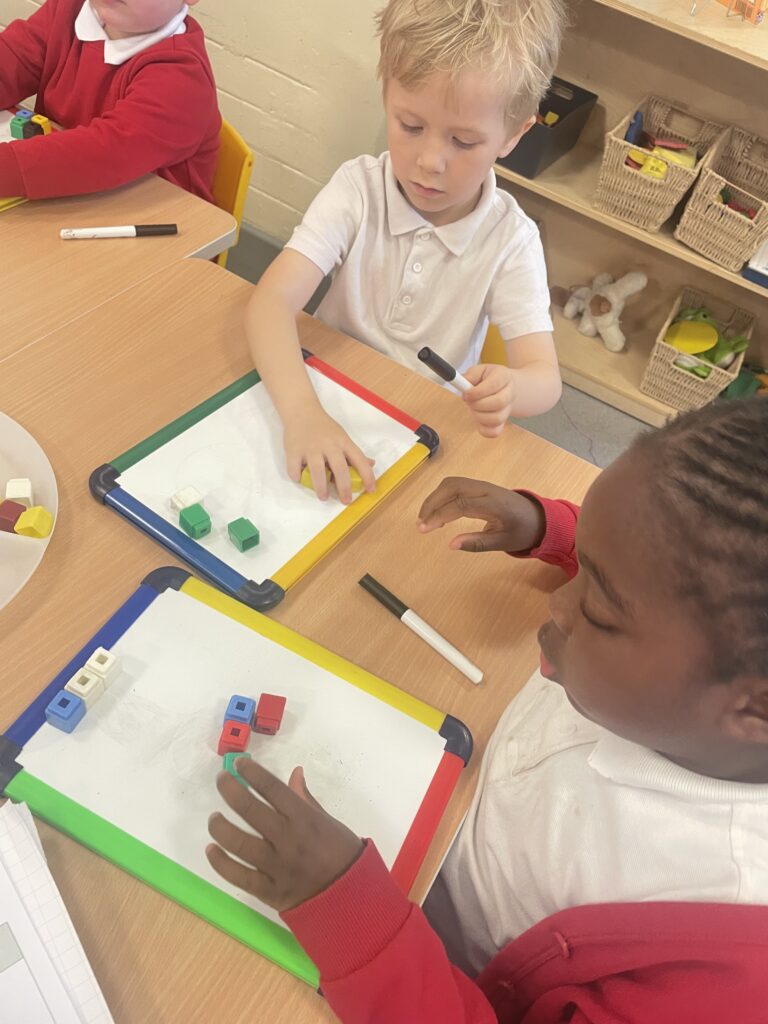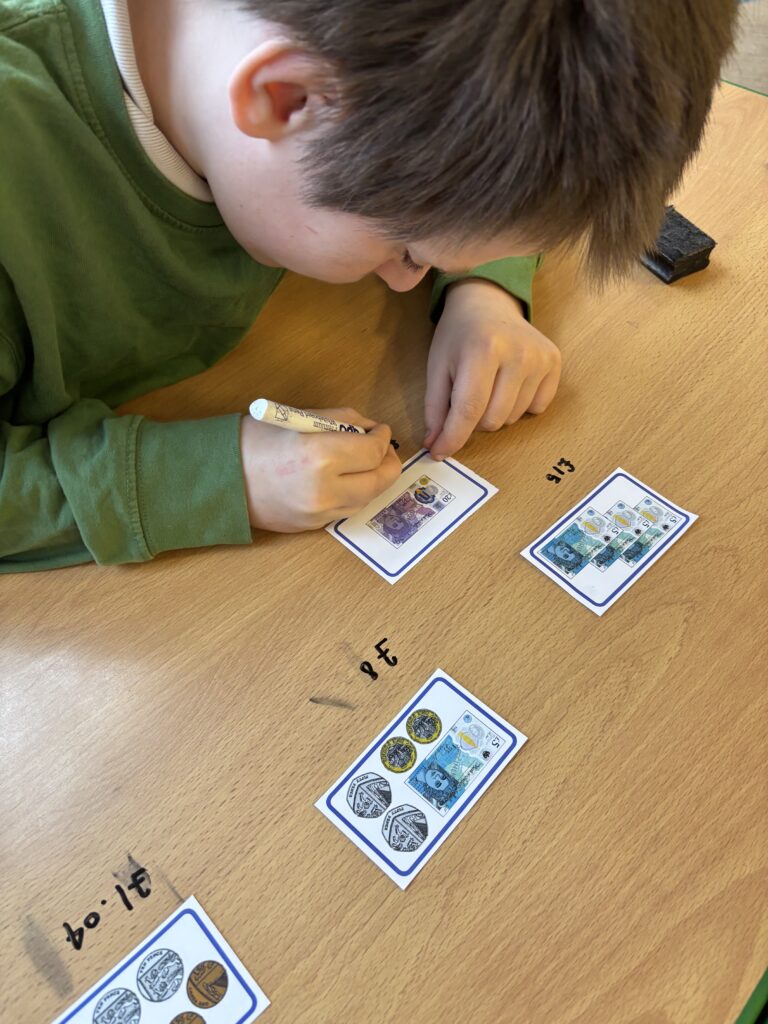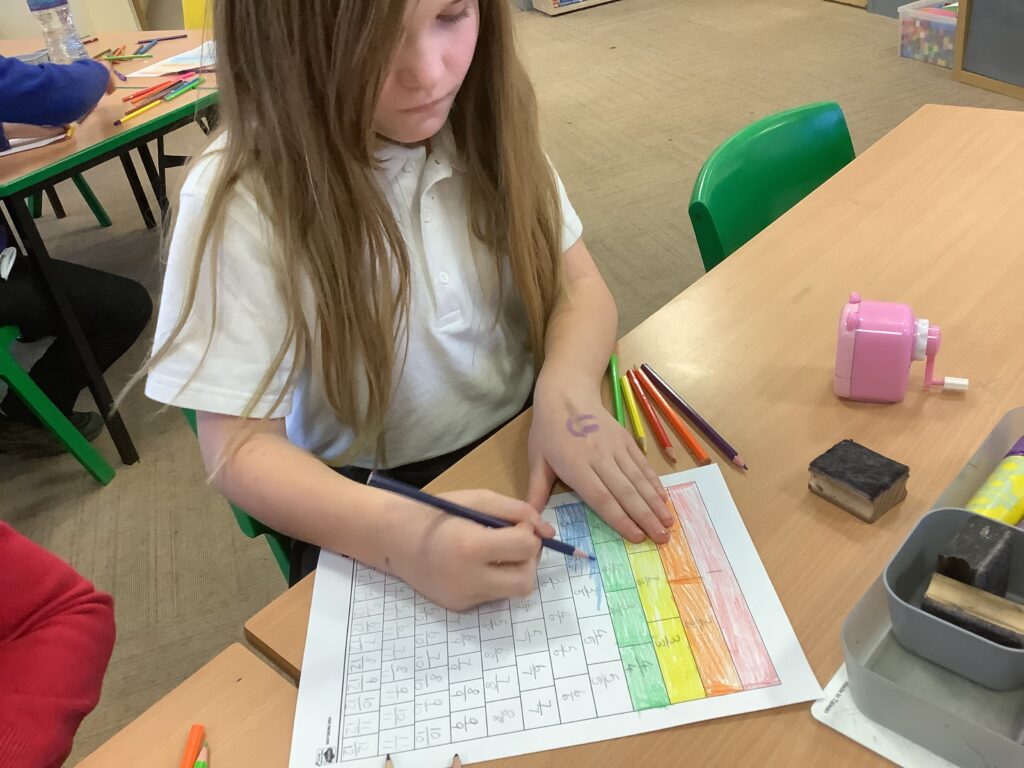Today Crew Marsh have been learning how to tell the time, in particular o’clock and half past. They worked extremely hard using their own clocks to answer the questions in lesson and then we decided to challenge ourselves to create the time shown on a clock by using our bodies to represent the clock, the hour hand and the minute hand. Time really does fly when you’re having fun!















